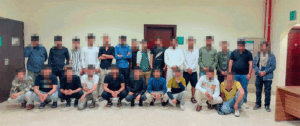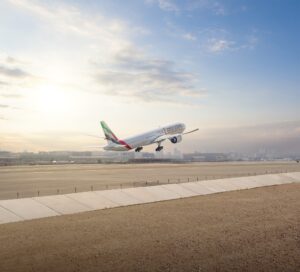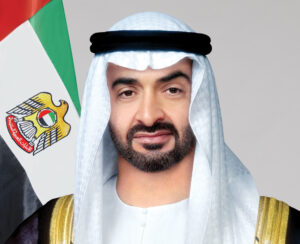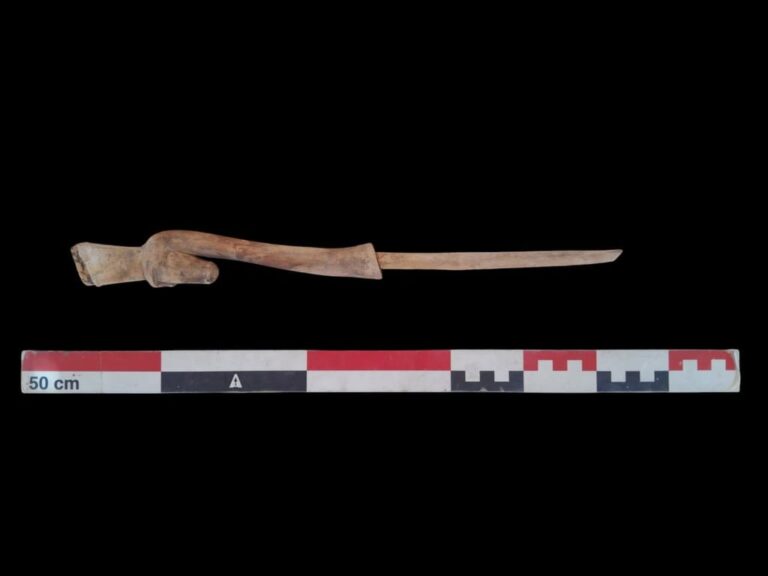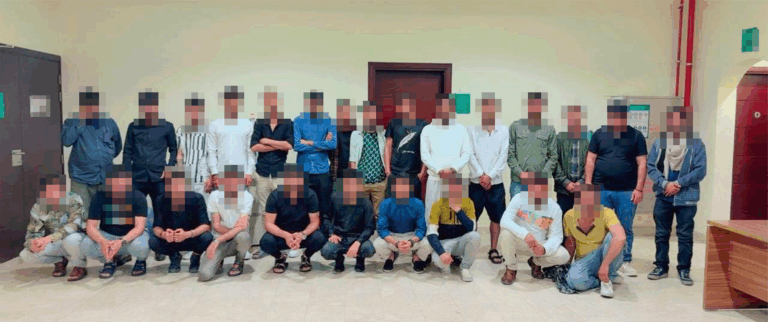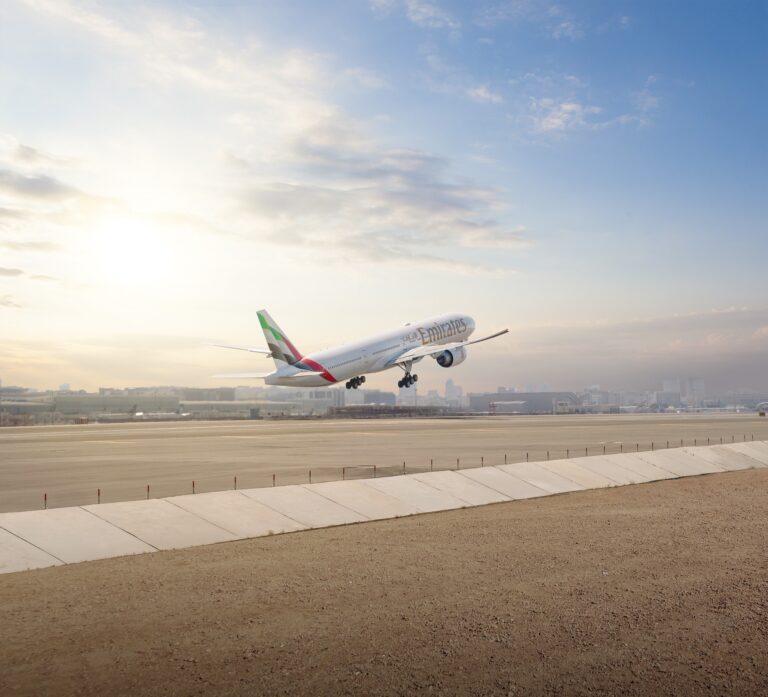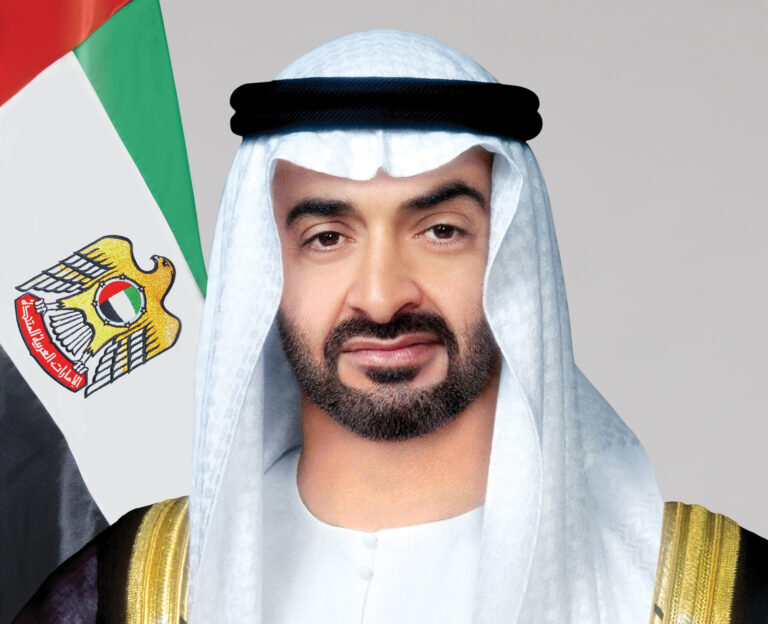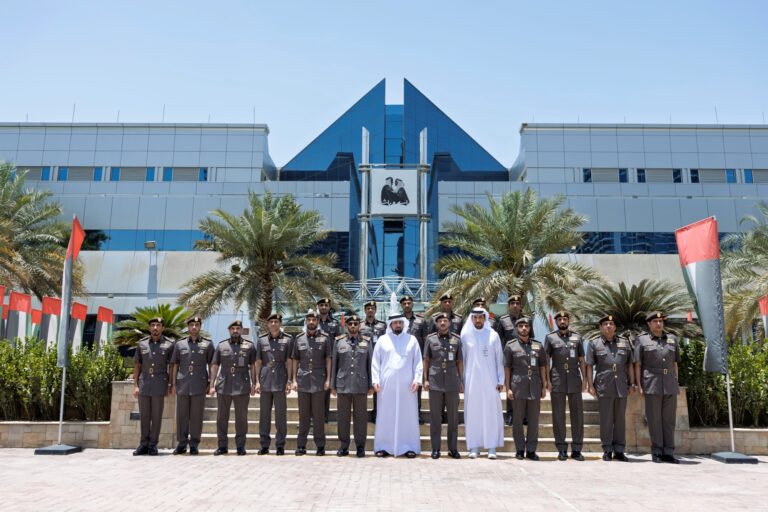- Authorities worked to clear mangled wreckage of the two passenger trains that derailed Friday night in Balasore
BALASORE, India: The train derailment in eastern India that killed more than 300 people and injured hundreds more was caused by an error in the electronic signaling system that led a train to wrongly change tracks, India’s railways minister said Sunday.
’’Who has done it and what is the reason will come out of an investigation,” Ashwini Vaishnaw said in an interview with New Delhi Television network.
The explanation came as authorities worked to clear the mangled wreckage of the two passenger trains that derailed Friday night in Balasore district of eastern Odisha state, in one of the country’s deadliest rail accidents in decades.
Preliminary investigations revealed that a signal was given to the high-speed Coromandel Express to enter the main track line, but the signal was later taken off, and the train instead entered an adjacent loop line where it rammed into a goods train. The collision flipped Coromandel Express’s coaches onto another track, causing the incoming Yesvantpur-Howrah Express from the opposite side to derail, triggering a three-train collision.
The passenger trains were carrying 2,296 people total.
Trains that carry goods are often parked on an adjacent loop line on the side so the main line is clear for a passing train.
Fifteen bodies were recovered on Saturday evening and efforts continued overnight as heavy cranes were used to remove an engine that had settled on top of a rail car. No bodies were found in the engine and the work was completed on Sunday morning, said Sudhanshu Sarangi, director-general of fire and emergency services in Odisha.
The accident occurred at a time when Prime Minister Narendra Modi is focusing on the modernization of the British colonial-era railroad network in India, which has become the world’s most populous country with 1.42 billion people. Despite government efforts to improve rail safety, several hundred accidents occur every year on India’s railways, the largest train network under one management in the world.
Chaotic scenes erupted on Friday night as rescuers climbed atop the wrecked trains to break open doors and windows using cutting torches to try to save people who were trapped inside the rail cars.
Modi visited the crash site on Saturday to examine the relief effort and talk to rescue officials. He also visited a hospital where he asked doctors about the treatments being given to the injured, and spoke to some of the patients.
Modi told reporters he felt the pain of those who suffered in the accident. He said the government would do its utmost to help them and strictly punish anyone found responsible.
Ten to 12 coaches of one train derailed, and debris from some of the mangled coaches fell onto a nearby track. The debris was hit by another passenger train coming from the opposite direction, causing up to three coaches of the second train to also derail, said Amitabh Sharma, a Railroad Ministry spokesperson.
In 1995, two trains collided near New Delhi, killing 358 people in one of the worst train accidents in India. In 2016, a passenger train slid off the tracks between the cities of Indore and Patna, killing 146 people.
Most train accidents in India are blamed on human error or outdated signaling equipment.
More than 12 million people ride 14,000 trains across India every day, traveling on 64,000 kilometers (40,000 miles) of track.

